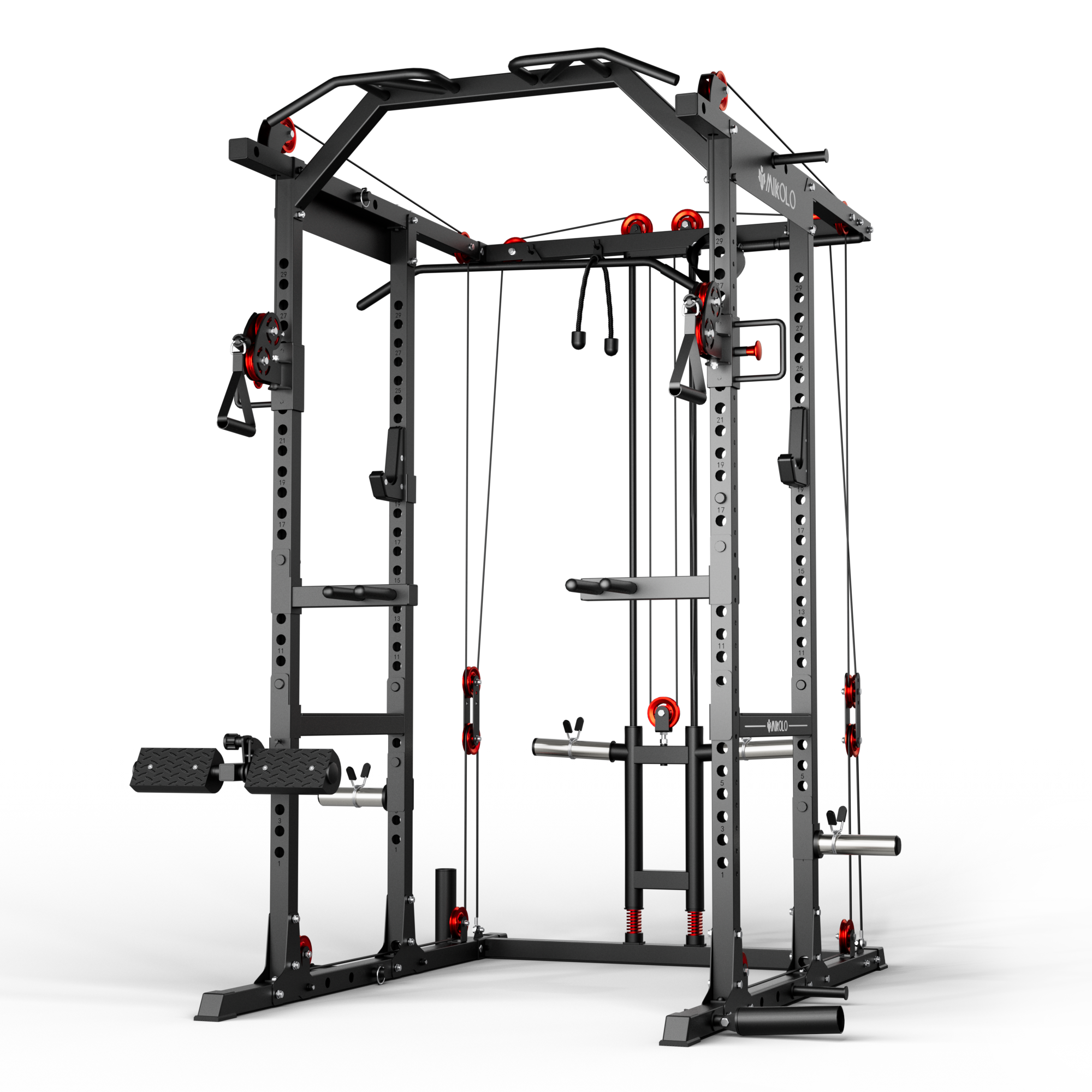Strong forearms are more than just a cosmetic bonus—they’re the unsung heroes behind nearly every upper-body movement. Whether you're gripping a barbell, carrying groceries, or throwing a punch, your forearm muscles are doing more work than you might think. But when it comes to targeted growth, the forearms are often neglected. If you've been wondering how to increase forearm size or how to build forearm muscles with intention, this guide will walk you through proven, real-world strategies for effective forearm development.
Why Forearms Deserve More Attention
Your forearms are involved in nearly every pulling and gripping motion you make. That means they’re already getting a bit of work during deadlifts, rows, curls, and pull-ups. However, passive involvement is rarely enough to stimulate real growth. To build muscle in the forearm effectively, you need to apply direct and consistent stimulus—just like you would for your chest or quads.
Key Muscles That Make Up the Forearm
Understanding what you're targeting helps tailor your training. The forearm is made up of several muscles, but the most prominent when it comes to size and function include:
-
Brachioradialis – runs from the upper arm down into the forearm; visible from the top when the thumb faces up
-
Flexor group – located on the palm side; responsible for wrist and finger flexion
-
Extensor group – on the back side; controls wrist and finger extension
Balanced development of these areas creates the thick, defined forearm look many lifters are after.
Best Exercises to Build Forearm Muscles
To grow your forearms, integrate a combination of compound support work and direct isolation movements. Here's a breakdown of go-to exercises:
1. Wrist Curls (Seated or Standing)
-
Target: Flexor group
-
How: Sit on a bench with forearms resting on your thighs, palms up. Let the dumbbells roll toward your fingers, then curl them back up with just your wrists.
-
Tip: High reps (12–20) work well here.
2. Reverse Wrist Curls
-
Target: Extensor group
-
How: Same position as above, but with palms facing down.
-
Tip: Use lighter weights—extensors are typically weaker and fatigue fast.
3. Hammer Curls
-
Target: Brachioradialis
-
How: Hold dumbbells with palms facing each other. Curl upward while keeping the elbows tight.
-
Tip: Add tempo or pause at the top for better engagement.
4. Farmer’s Carries
-
Target: Grip, flexors, and stabilizers
-
How: Walk while holding heavy dumbbells or kettlebells at your sides.
-
Tip: Maintain posture and tight core throughout. This is also excellent for conditioning.
5. Towel Pull-Ups or Dead Hangs
-
Target: Grip endurance and thickness
-
How: Drape towels over a pull-up bar and grip the ends. Hang or pull up.
-
Tip: Tougher than it looks—start with hangs and work up.
How Often Should You Train Forearms?
Because the forearms are used so frequently, they recover quickly. That means you can train them 2–3 times a week, ideally at the end of upper-body or pull-focused workouts. Keep volume moderate to high—forearms tend to respond well to higher reps and extended time under tension.
A Personal Note on Forearm Growth
Back when I first started lifting, I focused entirely on the "mirror muscles"—chest, biceps, abs. My grip would give out before my back or legs ever did, and it held back my progress for years. It wasn’t until I committed to direct forearm work that things began to shift. Farmer’s carries and high-rep wrist curls became staples, and not only did my forearms finally start to grow, but my deadlift, pull-ups, and even push-ups improved. I learned that the strength you can’t see in the mirror often defines how far you can go.
Final Thoughts
Forearm development isn’t flashy, but it’s foundational. If you're serious about building a balanced physique or improving real-world strength, don’t skip this critical part of your training. Apply these exercises with intent, stay consistent, and your forearms will start to show the kind of power they’ve been quietly building all along.













































Leave a comment
This site is protected by hCaptcha and the hCaptcha Privacy Policy and Terms of Service apply.